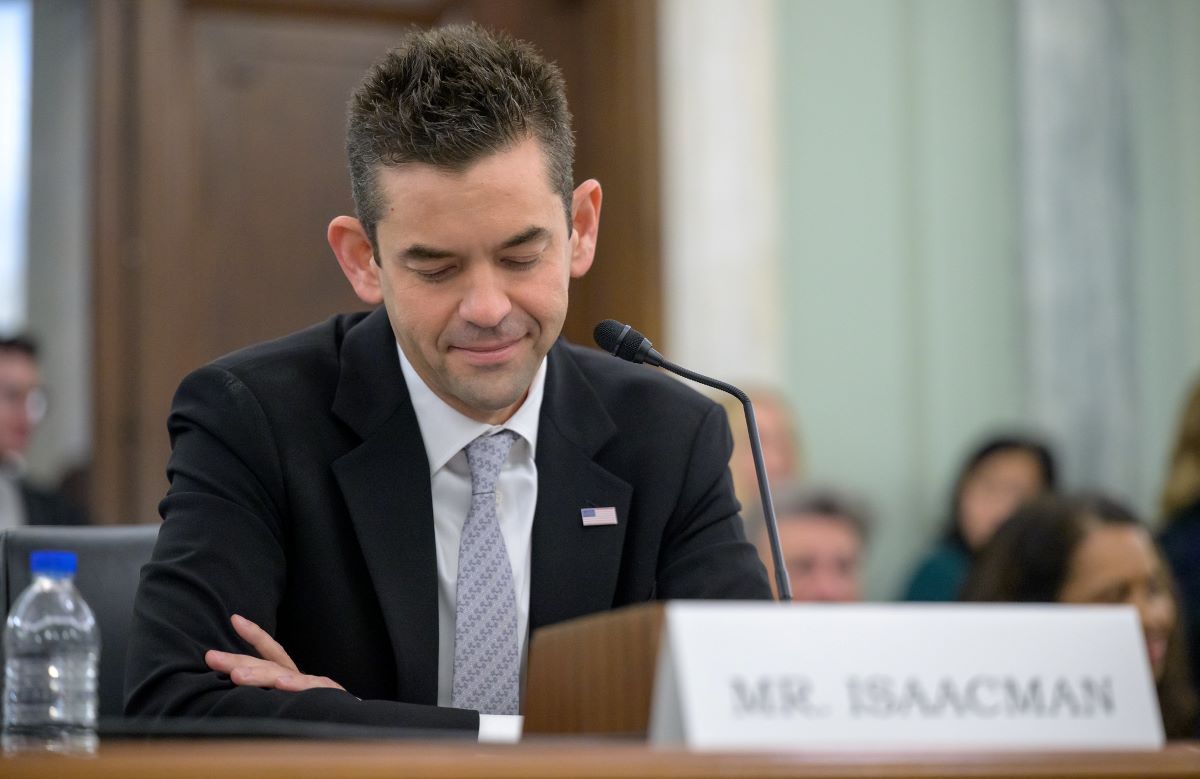
Bill Lindeke at Streets.mn calls them "death roads." Four-lane roads in urban areas can indeed be perilous.
An 11-year-old boy was struck by a motorist on one of these roads recently in St. Paul. The media and others responded in typical fashion, deeming the crash an unavoidable "accident." But the truth is these types of collisions are easy to prevent, Lindeke says.
Converting four-lane roads to three lanes, a change commonly known as a "road diet," makes them substantially safer, with little downside. Lindeke cites the data.
#1) 3-lane roads are much safer for car drivers. According to a Federal Highway Administration study, changing a 4-lane Death Road™ into a three-lane road reduces automobile traffic accidents from 20% to 50% depending on the context. (Note: this makes intuitive sense if you’ve ever driven on a street like this.) There are dozens of similar studies out there.
#2) 3-lane roads have marginal impact on traffic flow. I’m not going to suggest that a 4-to-3 conversion of a Death Road™ has no impact on traffic flow (though sometimes that turns out to be the case). Rather, fixing a Death Road™ usually sees a reduction in car throughput in the 5% to 10% range. As another Federal Highway Administration report puts it, “under most average daily traffic (ADT) conditions tested, road diets have minimal effects on vehicle capacity.”
#3) 3-lane roads slow speeds. The main difference between a 4-lane Death Road™ and a 3-lane safe street is that traffic speeds go down and become far more uniform. It’s a proven fact that reducing speeds even a little bit, i.e. from 40 to 30 miles per hour, can make a huge difference on accident severity for pedestrians and bicyclists.
#4) 3-lane roads increase biking and walking. After a 4-lane Death Road™ was fixed in San Francisco, “bicycle usage increased 37% during the PM peak hour,? the number of pedestrians increased 49% during the PM peak hour, [and]? public response has been overwhelmingly positive about this project.” That’s just one example; also, it’s common sense.
#5) Fixing a Death Road™ is really cheap. Unlike expensive street reconstructions or concrete bumpouts, cities and counties can quickly, easily, and cheaply fix these Death Roads™.
On the last point, Portland recently completed three road diets for less than $500,000. Chump change, when it comes to transportation projects.
Elsewhere on the Network today: Family Friendly Cities wonders whether population density should be a key criterion when considering which cities are great for raising children. And Transitized weighs the value of certain types of transit data against the potential hassle of collecting it.





